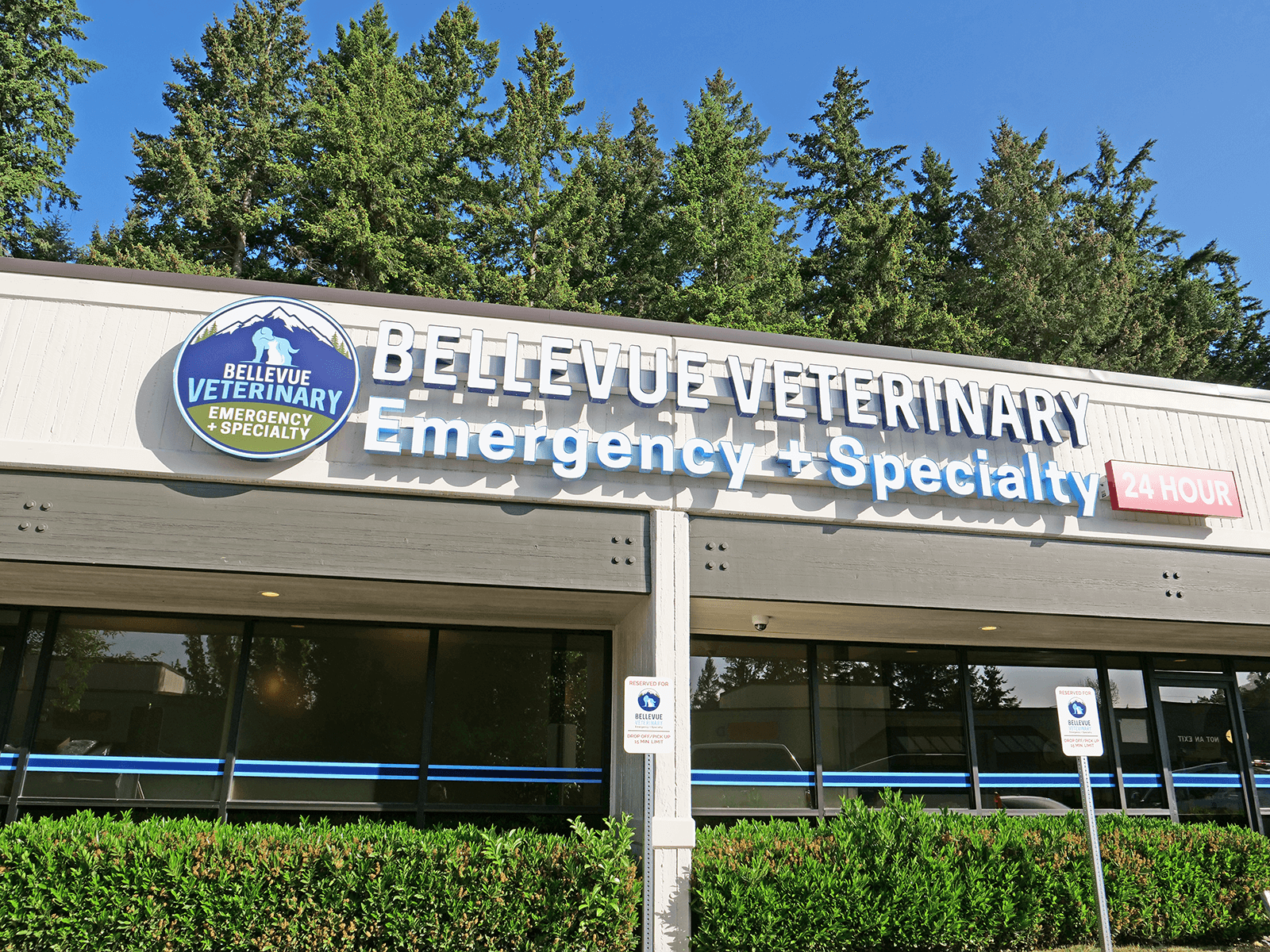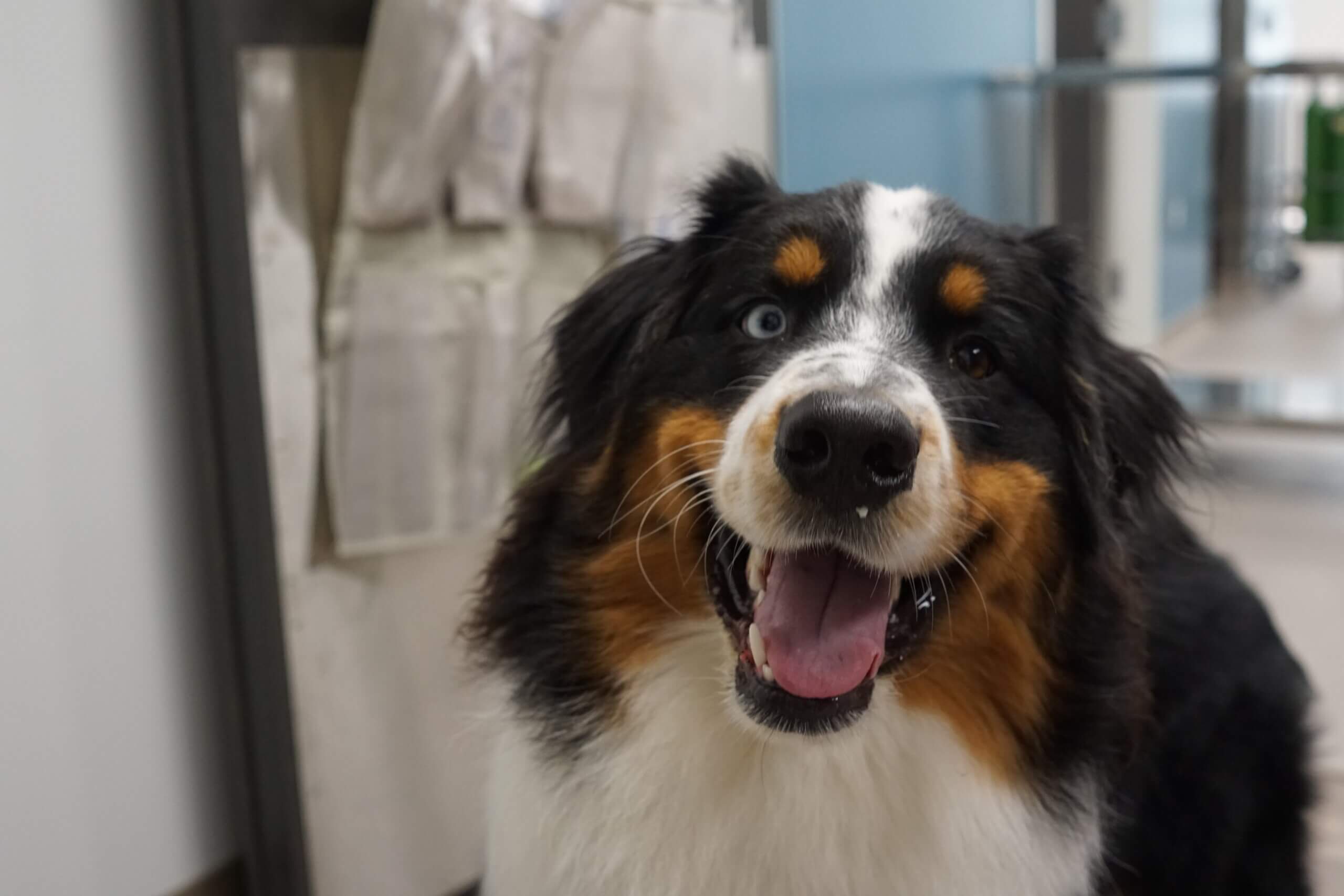Summertime means fun at the lake—but for our pets, that swim could turn deadly. Toxic blue-green algae (cyanobacteria) can grow in warm, stagnant water and pose a severe threat to dogs and other animals who swim in or drink contaminated water.
Why Is Blue-Green Algae Dangerous?
Certain strains of cyanobacteria release harmful toxins that can cause liver failure, neurological issues, and even death—often within hours. These toxins are invisible and sometimes present even if the water appears clean.
Symptoms of Blue-Green Algae Poisoning in Pets:
- Vomiting and diarrhea
- Excessive drooling
- Weakness or collapse
- Tremors or seizures
- Disorientation or difficulty breathing
What to Do If You Suspect Exposure:
- Rinse your pet immediately with clean water to remove any algae residue.
- Do not let them lick their fur.
- Get to an emergency veterinary hospital right away.
There is no antidote for blue-green algae poisoning. Early and aggressive treatment is the best chance of survival.
How to Protect Your Pet:
- Avoid letting your pet drink from or swim in stagnant ponds, especially those with visible scum or unusual odors.
- Follow local advisories about water safety.
- Bring your own water for hikes, lake days, and park visits.
If your pet shows any signs of illness after water exposure, seek emergency veterinary care immediately.
Time is critical—call our team at the first sign of trouble.





